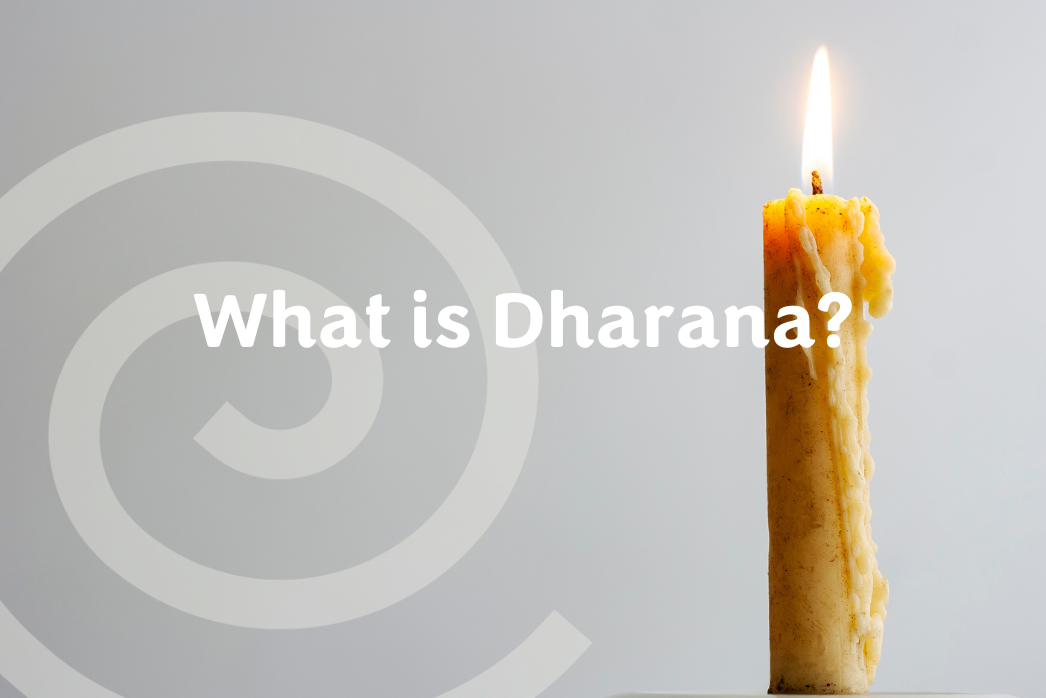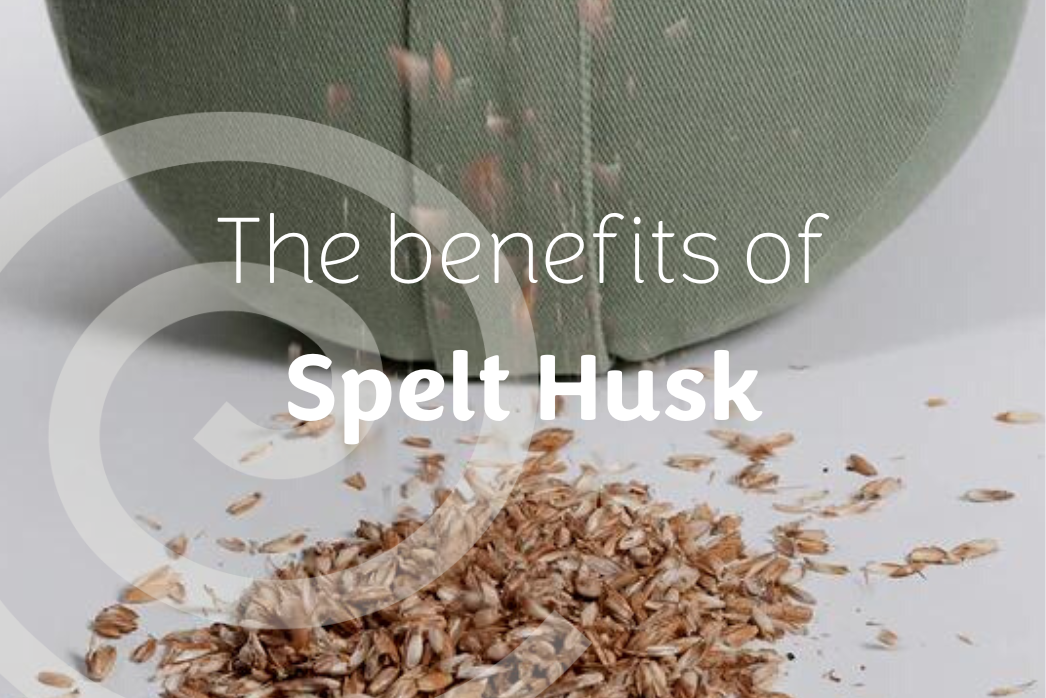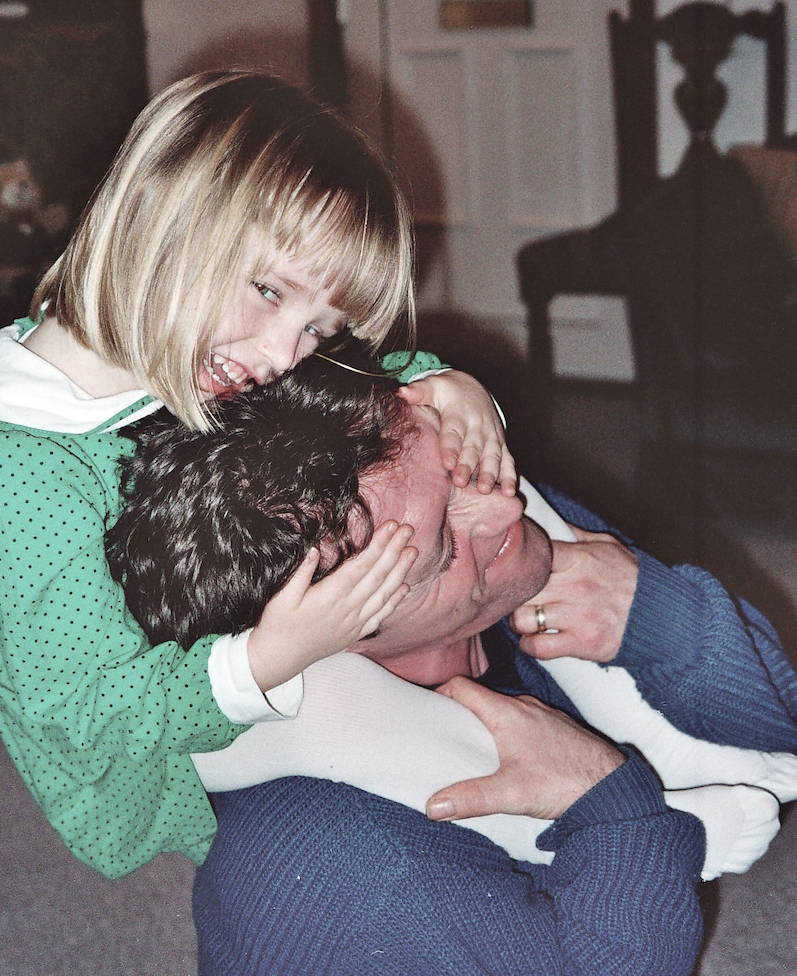What is Dharana?

You have probably had moments where you’ve experienced dharana (dhaar-uh-nah) - you are lost in the flow of doing something you love and before you know it two hours have passed. Wouldn’t it be great to intentionally bring this level of flow into your life? Through practising dharana, you can.
Dharana is the sixth of Patanjali’s eight limbs of yoga. Dharana is formed of two Sanskrit words. Dha means holding or maintaining. Ana means other or something else. Together, dharana means focused concentration or single-object concentration. It’s about fixing your mind on an object - this could be external (a candle, a deity, a flower etc) or internal (your breath, a thought, a mantra, a chakra etc). When practising dharana you bind your consciousness to the object as you focus on it fully.
Human’s have thousands of thoughts a day meaning that emptying the mind is an impossible task. Whilst many of us have been led to believe that sitting in a meditative posture and silencing the mind is the only way to practise dharana, this is not true. Rather, after turning your sense organs inwards through pratyahara, you turn your attention to an object (internal or external). You immerse your thoughts in that object and allow all other thoughts to come and go. Inevitably, your mind will wander as it is the nature of the human mind to want to be busy. When you notice that your attention has drifted, gently bring your focus back to your object. The key here is to be compassionate and kind to yourself.
Dharana in Everyday Life
You can bring dharana into your everyday life too. How often do you complete your routine tasks absentmindedly? Brushing your teeth, putting your clothes on, having a shower, having a cuppa, driving etc. Try bringing focused concentration to one of these tasks. For example as you brush your teeth, focus on it fully:
- How does the toothpaste taste?
- How does the toothpaste feel?
- How does the toothbrush feel in your mouth?
- How does the toothbrush feel in your hand?
And remember, each time you notice your concentration has drifted, gently come back to the object / action with love and kindness for yourself.
Candle Gazing Meditation
Candle gazing meditation is a form of trataka (trah-tah-kah). This is an ancient purification technique where you gaze at an object - often a candle flame - without becoming distracted by surrounding objects. This has many benefits including:
- purifying and strengthening the eye muscles
- improving concentration and memory
- alleviating headaches, insomnia and anxiety
- soothing and calming the nervous system
To practise candle gazing meditation:
- Find a quiet and dimly lit space, closing the curtains if it’s day time.
- Place your candle at eye level around 16-20 inches away from you and light it.
- You can sit in any comfortable upright position in a chair or on the floor.
- Stare at the flame of the candle and allow it to become your main focus. Hold your eyes steady, blinking as needed.
- With each inhalation focus on the light flowing into you. Notice everything you can about the flame.
- After a couple of minutes or once your eyes start to feel tired / start to water, close your eyes and notice any sensations that arise. Focus on the point between your eyebrows - the crown chakra (ajna) - and notice the inner light in this spot until it vanishes.
- Then slowly open your eyes and repeat this process once or twice.
- Finally, lay down in savasana for five minutes.
Ensure you do not strain your eyes. Build the length of time you stare at the candle and the number of rounds slowly.
This is a great way to practise dharana and slowly build the concentration muscle. I would love to hear how you get on. You can email me with your thoughts or any questions.
With love & gratitude
Jyoti x
(pronounced Jyo-thee)










Leave a comment